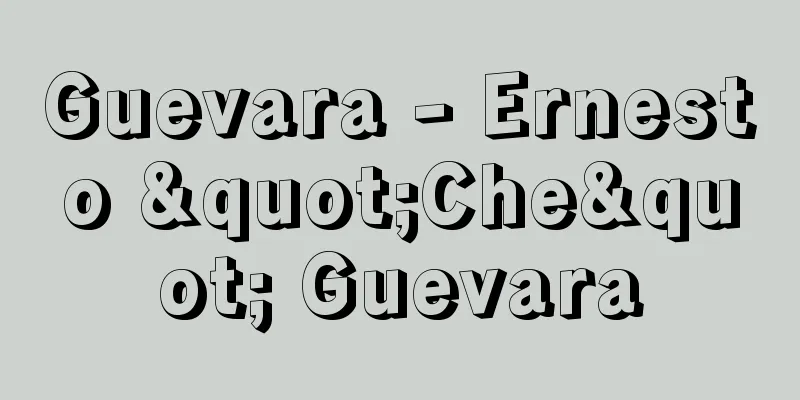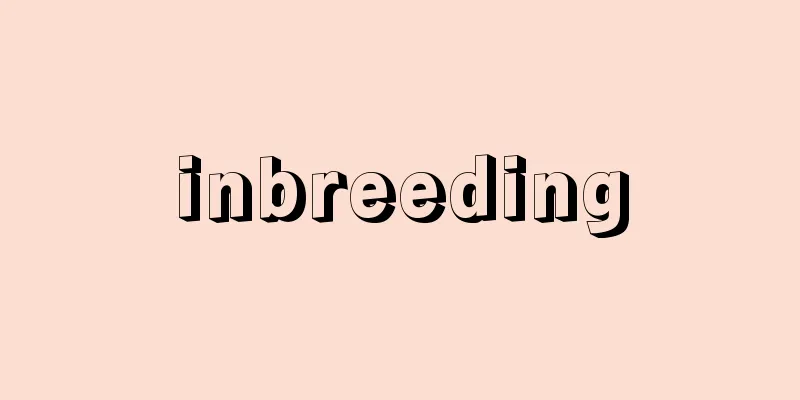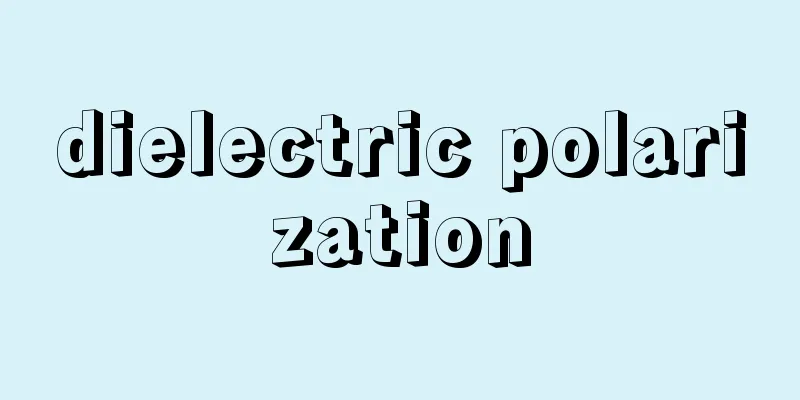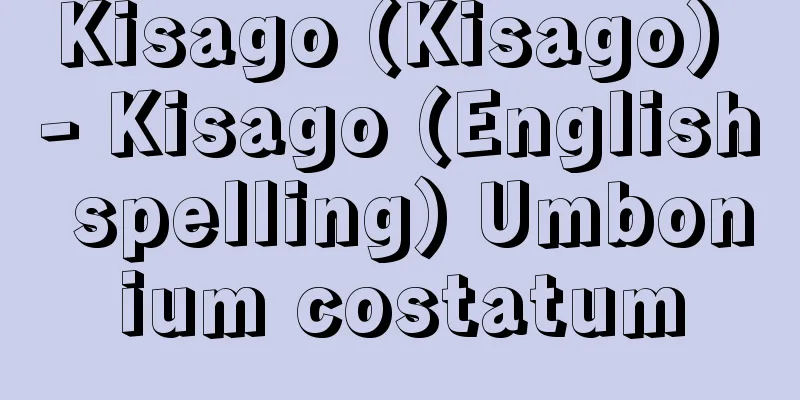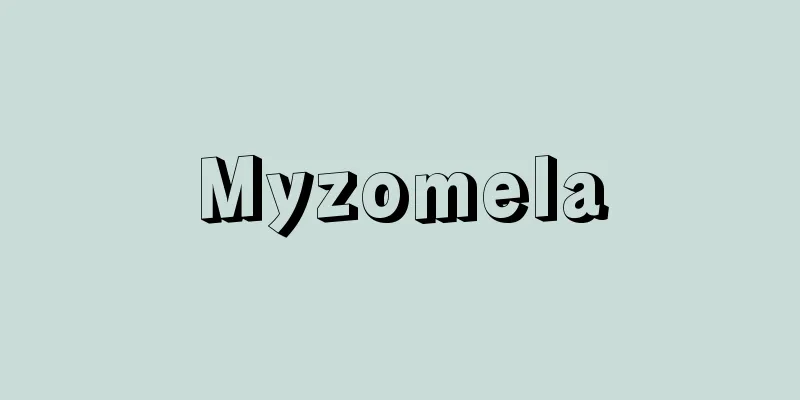Metaphysical painting - pittura metafisica

|
A school of Italian painting in the early 20th century. It is also called the Metaphysical School. It was proposed by De Chirico and Carrà in Ferrara in 1917, and Morandi joined the following year. De Chirico's younger brother Savinio and De Pisis also joined, but it disintegrated as early as 1921. At the beginning of the 20th century, Italian art seemed to have taken a step toward modernism after experiencing the analysis of form by Cubism and Futurism and the introduction of light and movement, but Metaphysical painting aims to rediscover "concrete form" and can be said to have a kind of anti-modern character. It is impossible to think of it without considering the anxiety brought about by World War I. However, this direction is not simply a return to the old order, and metaphysics can be interpreted as going beyond the reality of nature to a more internal and mysterious "second reality." Of the three central artists, De Chirico, influenced by the German philosophy of Nietzsche, Schopenhauer, and Weininger, and the paintings of Böcklin, began to paint interiors filled with grotesque mannequins and everyday objects from around 1910, and eventually became involved with Surrealism. In contrast, Carrà broke away from Futurism and turned to the poetics of "things," while Morandi sought a geometric aesthetic in still lifes, but they all share a commonality in their desire to entrust their deepest inner selves to landscapes filled with tranquil mystery. [Ogawa Hiroshi] "25 Artists: Contemporary World Art Collection 25: Chirico" edited by Yusuke Nakahara (1981, Kodansha)" ▽ "Massimo CarràMetafisica (1968, Gabriele Mazzotta, Milano)" Source: Shogakukan Encyclopedia Nipponica About Encyclopedia Nipponica Information | Legend |
|
20世紀初頭のイタリア絵画の一流派。形而上派ともいう。1917年フェッラーラにおいてデ・キリコとカッラによって提唱され、翌年モランディが加わり、さらにデ・キリコの弟のサビニオとデ・ピシスらが同調するが、早くも21年には解体した。20世紀の初め、立体主義と未来主義による形態の解析や光と運動の導入という体験を経て、イタリア美術は近代主義に向かって一歩踏み出したかにみえたが、形而上絵画は「具体的な形態」の再発見を志向し、一種の反近代的性格をもつといえる。それは第一次世界大戦のもたらした不安を抜きにしては考えられない。しかしその方向は単なる古い秩序への回帰ではなく、形而上とは、自然の現実を超えて、より内面的で神秘的な「第二の現実」という意味に解される。 3人の中心の作家のうち、デ・キリコは、1910年ごろからニーチェ、ショーペンハウアー、ワイニンガーらの、ドイツ哲学やベックリンの絵画から受けた影響によって、異形のマネキンや日常的事物に満ちた室内を主題とし、やがてシュルレアリスムにかかわることになる。これに対してカッラは、未来主義から脱して「物」の詩学へ向かい、モランディは静物における幾何学的な美感を求めたが、いずれもそうした静謐(せいひつ)な謎(なぞ)に満ちた風景のなかに、自らの深い内面を託そうとするところに共通性がみられる。 [小川 煕] 『中原佑介編『25人の画家・現代世界美術全集25 キリコ』(1981・講談社)』▽『Massimo CarràMetafisica (1968, Gabriele Mazzotta, Milano)』 出典 小学館 日本大百科全書(ニッポニカ)日本大百科全書(ニッポニカ)について 情報 | 凡例 |
<<: Metaphysics (English spelling)
Recommend
Emery Raising Machine - Emery Kimouki
…Wire nap machines, which pass the cloth over a r...
Carbochromen - Carbochromen
…Medicines for treating angina pectoris are also ...
Canaanite languages
…(2) Northwest Semitic Languages As the center ...
Usakligil - Usakligil (English spelling) Halit Ziya Usakligil
Turkish novelist. He became interested in Western...
Age by Counting
A method of counting age. The time of birth is con...
Diplomatic seal bag
Please see the "Diplomatic Officials" p...
Tilman (Dill, Til) Riemenschneider
German sculptor. Born in Heiligenstadt (Eichsfeld...
Sur-kharban (English spelling)
...However, Russian influence is prominent among ...
Balfe, MW (English spelling)
… The tradition of church music is also long, and...
Psychopathology - Psychopathology
In psychiatry, psychopathology is a broad researc...
Tohoku poor harvest
Poor harvests occurred in the Tohoku region in 19...
Aphrodisiacum - Aphrodisiacum
...A general term for drugs used to increase one&...
Ukiyoburo - Ukiyoburo
This is a humorous book written by Shikitei Sanba...
Ørsted, AS (English spelling) Orsted AS
...He was also well versed in literature and supp...
Kerkhoven, A. van den (English spelling) KerkhovenAvanden
… [Akio Ishizaka]. … *Some of the terminology tha...


